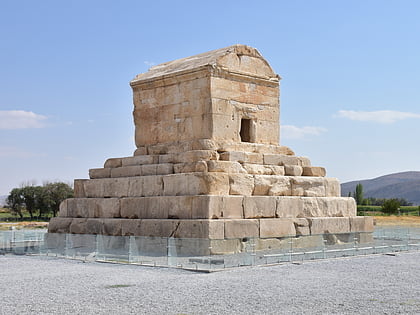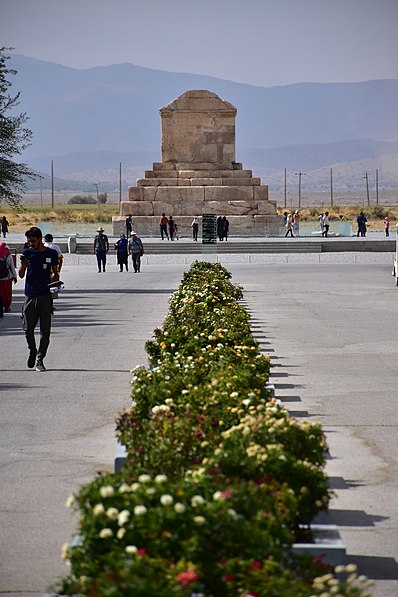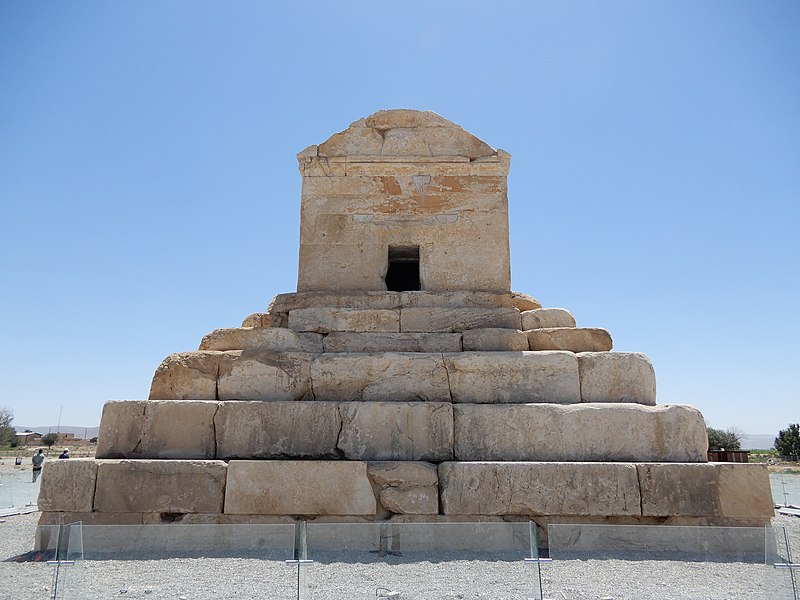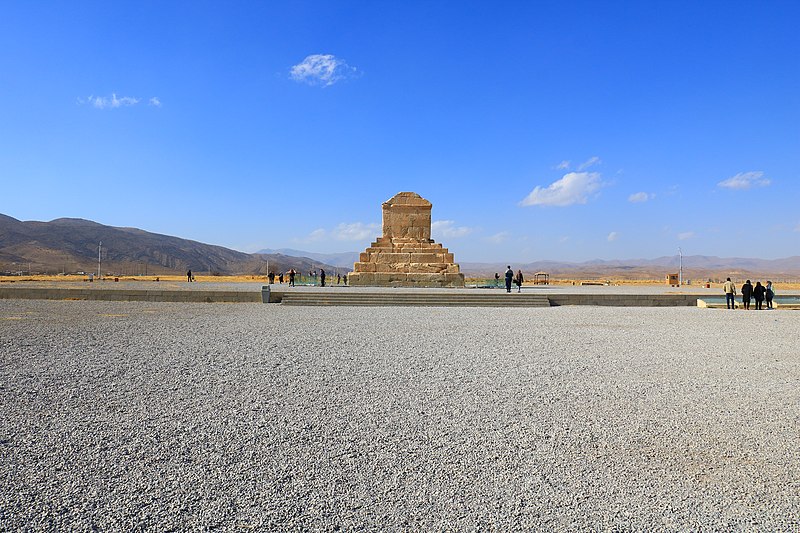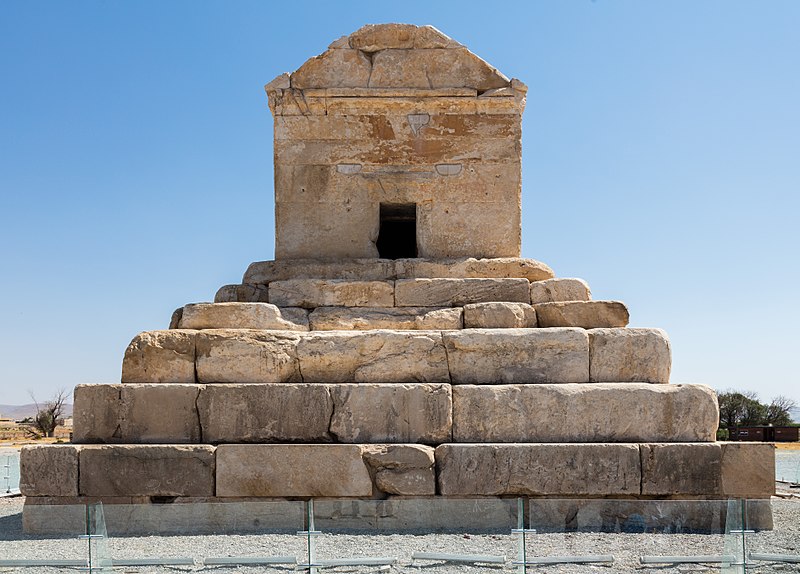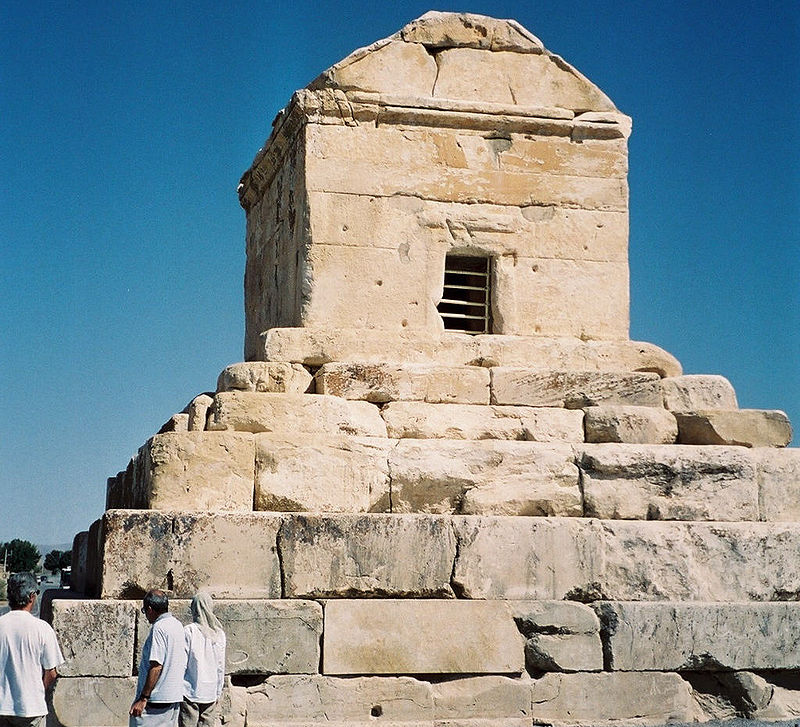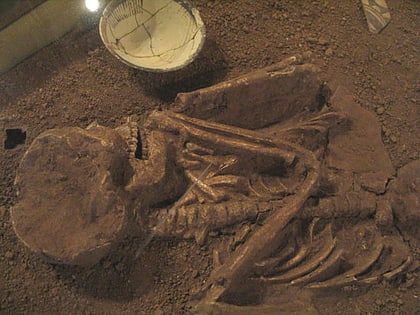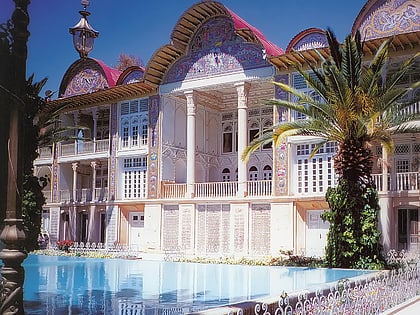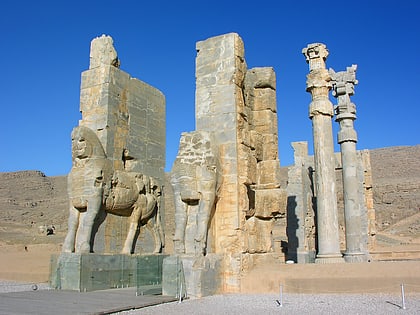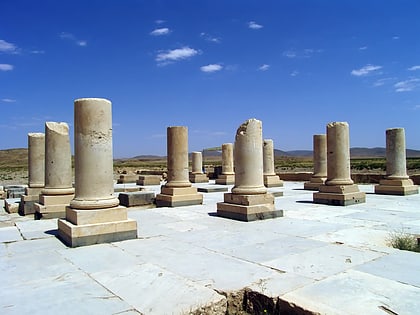Tomb of Cyrus, Pasargad
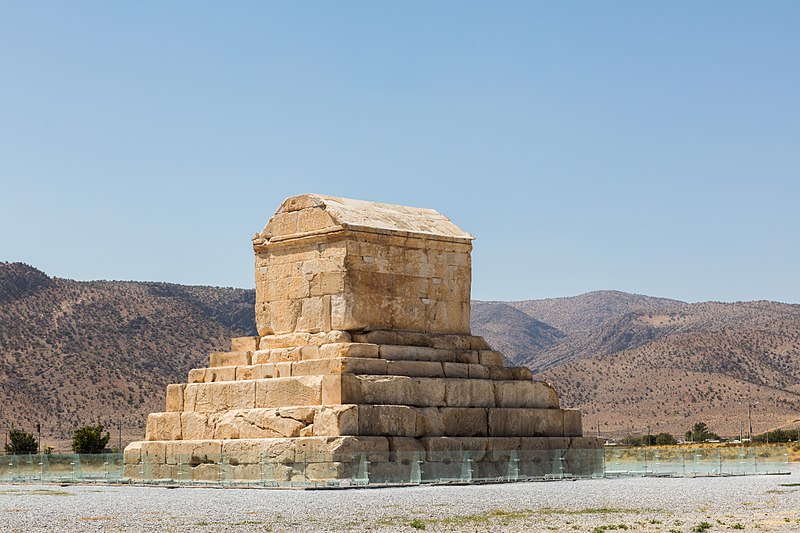
Facts and practical information
The Tomb of Cyrus is an ancient and significant historical landmark situated in the heart of Pasargad, Iran. This revered site is the final resting place of Cyrus the Great, the founder of the Achaemenid Empire, which once stretched from the Balkans to the Indus Valley. This UNESCO World Heritage site dates back to the 6th century BCE and is considered a masterpiece of ancient Persian architecture.
The tomb itself is a simple, yet imposing structure, built from large blocks of white limestone. It stands on a rectangular, stepped platform and is composed of a modest gabled chamber, reflecting the Achaemenid style of the period. Despite its age, the monument has stood the test of time and remains largely intact, offering visitors a unique glimpse into the past.
Visitors to the Tomb of Cyrus are often struck by its solemn beauty and the sense of tranquility that surrounds the site. The surrounding area of Pasargad also contains other ancient artifacts and ruins, including the remains of palaces, gardens, and a complex water system, all of which contribute to the historical value of the site.
For tourists interested in the rich history of Persia, a visit to the Tomb of Cyrus is a must. It not only provides a connection to the ancient world but also offers insight into the cultural and architectural advancements of the Achaemenid Empire. The site is accessible to the public, and guided tours are available to provide a more in-depth understanding of its historical significance.
Tomb of Cyrus – popular in the area (distance from the attraction)
Nearby attractions include: Tangeh Bolaghi, Persian gardens, Rahmatabad Mound, Pasargadae.
